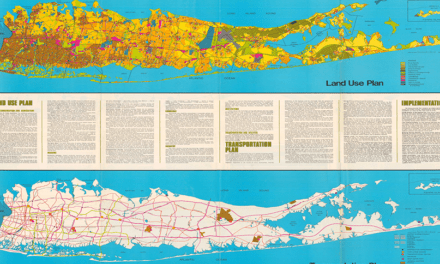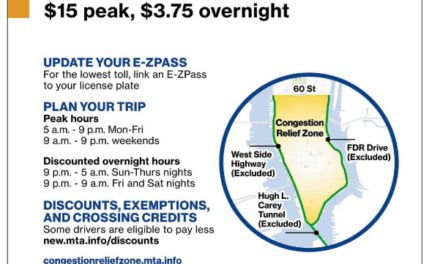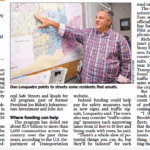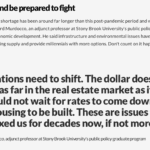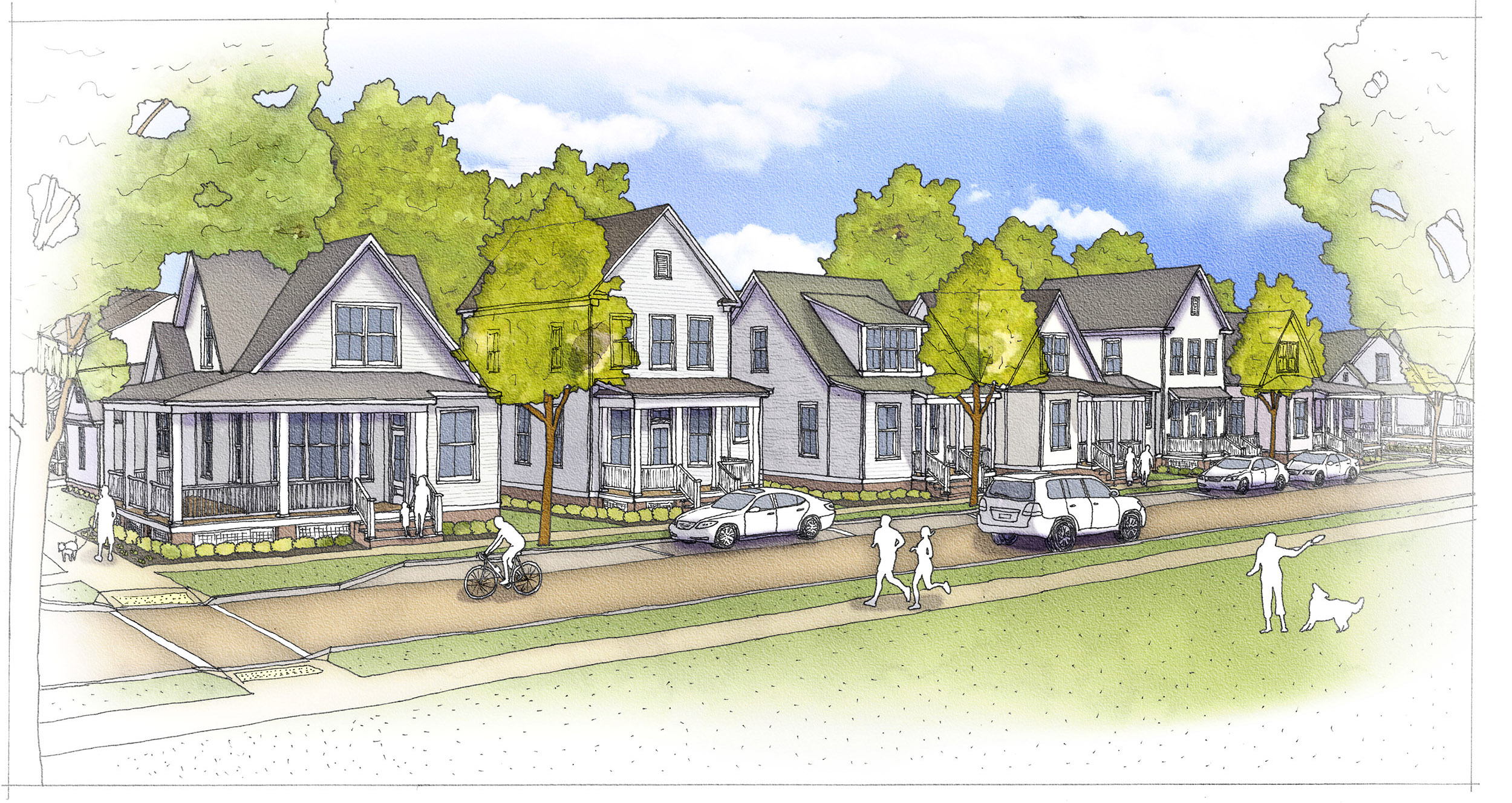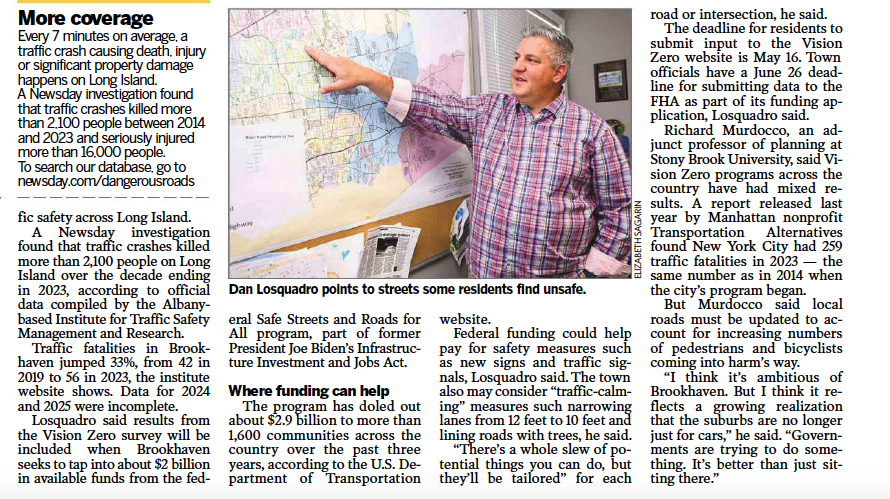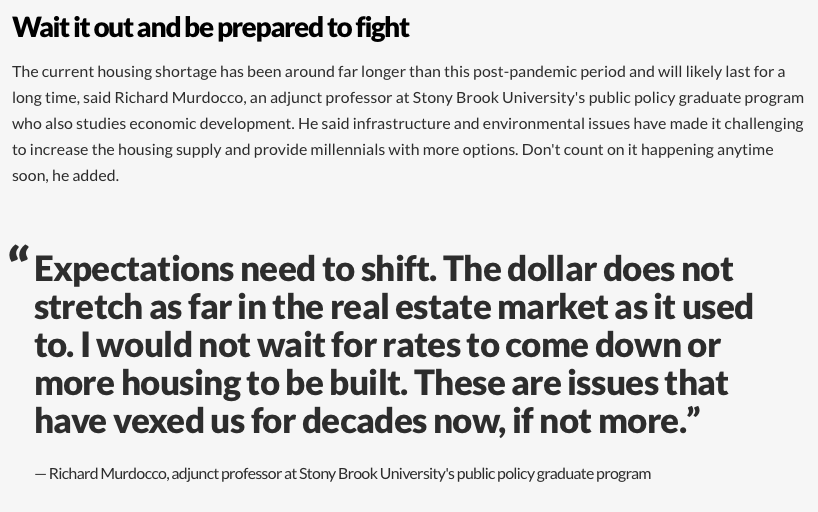Outrage. Deception. Money-making scheme. These are some of the more polite terms tossed around regarding Nassau County’s fundamentally flawed speed camera program, which was unanimously passed by the County Legislature and signed into law by New York State in June. The reason for the cameras cited time and time again by the County and stakeholder groups was “Safety”.
The fact that there was a County budget gap looking to be plugged via camera revenue that you can drive a truck through was a convenient perk of the program. Residents from Elmont to Woodbury cried out that the program was all about the money. After a botched roll out and premature activation, the County started to erode the camera program’s legitimacy when in August, they announced the reversal of $4.2 million in fines.
The Tri-State Transportation Campaign, a stakeholder group which, according to their site, is a “non-profit advocacy organization dedicated to reducing car dependency in New York, New Jersey, and Connecticut” went so far to issue an analysis in October entitled “Speed Kills Near Nassau County Schools”.
Despite TSTC’s claims, residents were right. The speed camera program was a money grubbing scheme and the proof, it seems, is in the data. Newsday, who aggressively reported inconsistencies in the County’s logic since the program’s launch, drove the final nail in the coffin when they reported that the accident data didn’t justify the speed camera program:
But a Newsday computer analysis of traffic accident data shows that the speed cameras are monitoring dozens of areas with no history of speed-related accidents, supporting the public’s perception that there was a rush to set up the cameras and help fill the county’s coffers with the program’s $80 tickets.
Newsday’s analysis found no such accidents between 2009 and 2013 in 57 of the 76 school zones the county has said it is monitoring with speed cameras. There were a total of 23 speed-related crashes in the other 19 monitored locations over the five-year period Newsday analyzed.
Newsday also rightfully called out TSTC’s analysis, citing the group’s methodology.
With Suffolk County closely watching Nassau’s program go down in flames, County Executive Steve Bellone made the correct call to pull the plug on the program. As of writing, Nassau is getting their ducks in a row in order to end theirs as well.
Lessons to be Learned
Political self-preservation or not, local government is in fact responsive to residents. Aside from the fact that it was estimated hundreds of thousands of tickets would have to be issued to plug the budget gap, resulting in the same number of angry voters, it’s almost refreshing to see the public almost universally rally around a cause. The process still works. Imagine how much could get done if residents rallied around some of Long Island’s other issues.
Data should drive policy. The County’s assertion that the program was for safety wasn’t backed by accident data, and TSTC’s flawed analysis highlights why stakeholder groups with a biased agenda (again, not a condemnation for better or for worse) should not be in charge of cultivating critical data to justify public policy.
All too often, numbers are skewed to fit a pre-determined notion. The speed cameras highlight the need for a detached, regional planning process that studies the built environment, and makes policy recommendations as needed. If Nassau conducted the research that Newsday would up doing, they could have spared themselves the embarrassment of recalling the program.
Their lack of research and data eroded their already limited credibility with residents.
The press is still powerful. For months, Newsday hammered the speed camera program, systematically chipping away at the County’s arguments, reporting resident outrage, and tracking the flawed programmatic roll out and keeping the story alive.
Study the costs of implementation. Was there a Plan B from the speed camera program for plugging the County budget gap? Was there a cost analysis of how much the camera program would be to implement, and if failed, how much it will cost to end the program? How much did the program ultimately cost Nassau residents? These questions should be answered, and elected officials should be held accountable.
Conclusions
In the end, the program is a prime example of why Long Island’s residents need to both pay attention to, and participate in the civic process. Elected officials voted for a program that was, in hindsight, not justifiable except for its revenue generating potential. The budget gap is very real, but instead of creating a patchwork solution that places the burden on the backs of residents, the County should look at more sustainable funding methods, while at the same time questioning why the budget is so weak to begin with.
It is a sad day that residents cannot trust their local municipality. Nassau County has to get to work repairing it’s damaged reputation, which is the result of years of corrosive patronage deals despite high cost of living and limited resident return.
As both an urban planner and resident, it was disheartening to see such disregard for thoughtful analysis. However, the program’s recall should inspire optimism in all Long Islanders – the process, while significantly flawed, can still work. It’s up to each and every resident to participate in the process, and ensure that it does.
Our elected officials, and in turn, the policies they create, are only as good as the voters who put them there.


